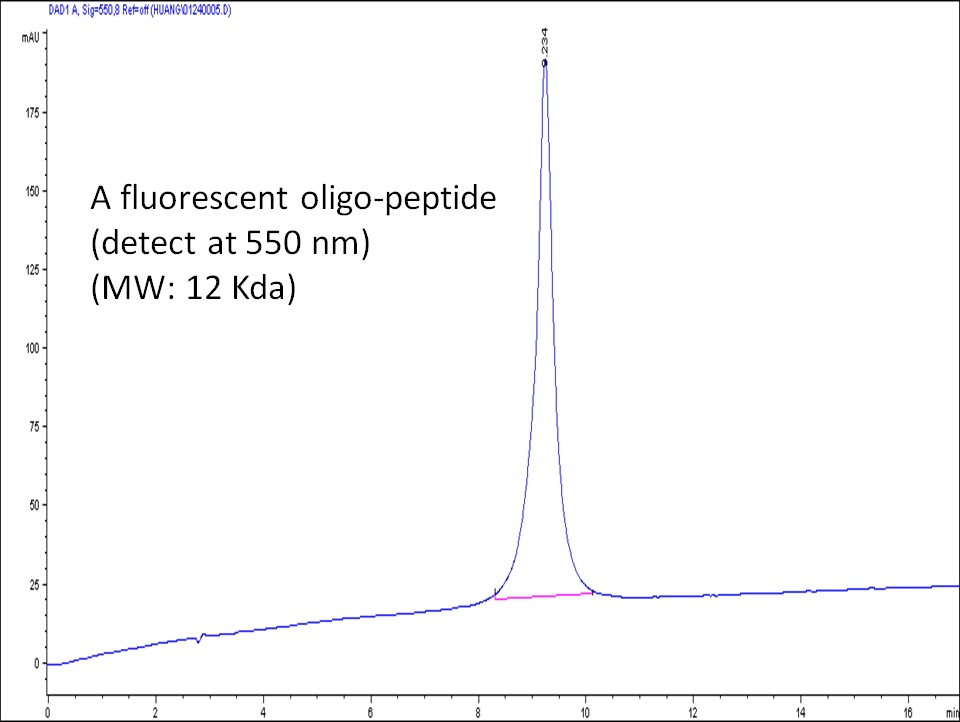Welcome to CM Online Store!
Antibody Drug Conjugate Kits!
AqT bioconjugates coming soon!
The modification and conjugation of nucleic acids and oligonucleotides is quite different from other biopolymers, as they are rather inert to common bioconjugation reagents and conditions. Although there are reagents that can modify the base units, base modification may affect the binding capacity or propensity of nucleic acids and oligonucleotides. Many biopolymers cannot withstand the final basic cleavage conditions of solid phase oligo synthesis, so oligo bioconjugation usually is done in solution after oligo synthesis. On the other hand, small molecules may be incorporated into the oligo during oligo synthesis.
Oligos are generally modified first with extra functional groups suitable for bioconjugation at the 5’ or 3’ end during oligo synthesis. Some popular 5’ or 3’ modifications for oligos are amine, thiol, and phosphate. Oligonucleotides can also contain modified bases and biomolecules conjugated at the modified base. CellMosaic offers versatile oligonucleotide labeling and conjugation strategies, depending on the application of the product.
At CellMosaic, we carry Personalized Conjugation Kits (PerKit™) for oligo labeling and conjugation, please click here to check our PerKit™ oligo labeling and conjugation kits.
For large scale or project beyond the scope of PerKit™ configuration, please contact us for a quote.
Figure 1. HPLC analysis of an oligo-peptide conjugate synthesized at CellMosaic through a thioether bond.

Selected Examples: